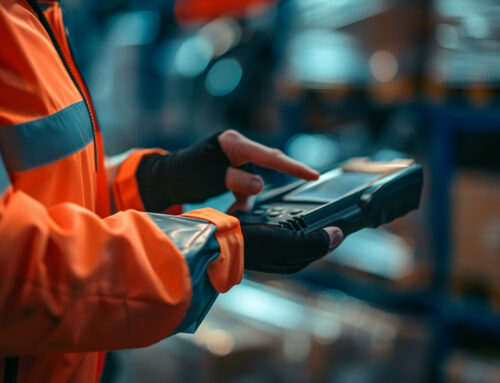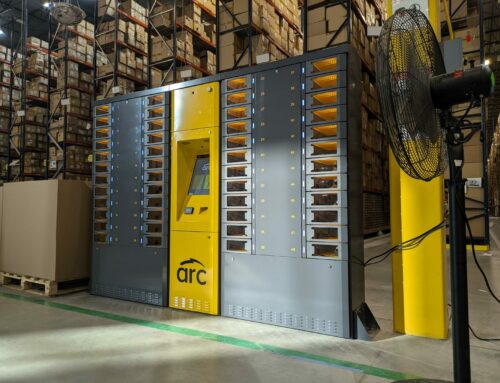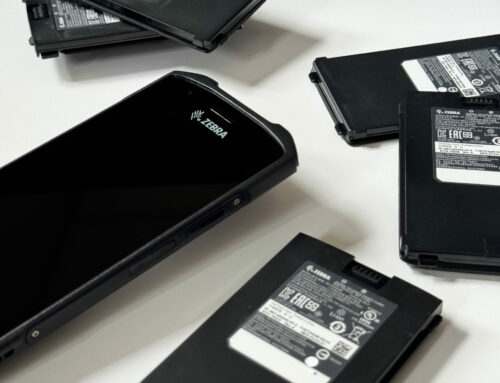Interview with Nikki Baird, VP of Retail Innovation at Aptos

When putting together our top retail tech influencers to follow on Twitter list, Nikki Baird – the VP of Retail Innovation at Aptos – was one of the first retail experts that came to mind. Combining her experiences in retail, IT and software marketing, Nikki Baird heads the innovation department at Aptos, an enterprise solutions provider used by over a thousand retailers. We asked Nikki about her work at Aptos, her column about retail tech in Forbes, and what she thinks about the retail landscape today.
What are some of the solutions that Aptos provides retailers?
We provide enterprise solutions for retailers that cross all of the major functions important to retail: supporting the merchandise lifecycle, order/commerce lifecycle, and customer lifecycle. That includes POS, customer order management, product design and planning, and more.
What is your role at Aptos?
I am VP of Retail Innovation. I am charged with helping retailers accelerate their ability to innovate. It means paying attention to the trends impacting retailers, and identifying key technology implications – to help both Aptos and our customers stay ahead of the current disruption and pace of change.
Who should attend the Aptos Engage conference (April 29 – May 2, 2019) and what are some highlights this year?
Engage is our user conference, but we do also host prospects interested in doing business with Aptos, as well as partners. This year we’re focused on the progress being made in retail transformation, particularly as it relates to creating “omnichannel native” organizations internal to retailers. While consumers may not care much about the term “omnichannel”, for retailers not enough progress has been made fast enough to keep up with rising consumer expectations (and that’s not going to slow down any time soon), and we’re focused on finding ways to help retailers design their organizations for an environment of constant change.
You’re currently writing about AR/VR for Forbes. What do you think is the most important thing retailers should consider before incorporating AR/VR into their retail strategy?
WHY. Why do they want it. If the answer doesn’t include the phrase “because we can help our customers do…” then you’re investing for the wrong reasons. It’s okay to experiment, or not really know the answer to that question directly – more like, “because we want to see if we can find a way to use it to help our customers do…”. But “because it’s cool” or “because everyone else seems to be doing it” are not good answers to that question.
What retail technology tools do you think are underrated and why?
Underrated – great question! Honestly, I think analytics is totally underrated. I think too many retailers think of analytics as “reporting”, and even those who see it as something more strategic operate analytics not as a platform across the enterprise, but in functional siloes – merchandising analytics vs. store analytics – without making the investments to bring all that data together. When the industry talks about “retail transformation” or “digital transformation”, we’re talking about where information, rather than products or customers, becomes the most important asset a business has. Amazon has built its business off of data. Retailers who have an incomplete or very tactical view of their data are going to become the next dinosaurs of retail.
What are the key benefits of AI in retail?
This is hard – it depends on where it is being applied. We tend to use the term “AI” like we’re talking about one thing, but at Aptos we view it as three different capabilities – natural language processing, computer vision, and prediction. Each has its own application. NLP has immediate impact in customer service, because it helps in interacting with customers. Computer vision brings structure to images, which can be used to classify products or even user-generated images like customer images of them using products (often submitted as part of writing a review, for example). Prediction – that one has many, many uses. Predicting the next customer action, predicting demand, predicting which product a customer will buy next or which offer will have the most appeal.
Is traditional retail dead, or simply evolving?
I definitely take issue with the idea of a “retail apocalypse”, especially if you’re talking about the death of the retail store. We’re in a period of reckoning that was long overdue, especially in the US, with too much retail that was too big and now in all the wrong places. But underneath all the bad news of store closings, there’s a new breed of retail store that is taking shape, driven in part by digital upstarts opening stores, but also being driven by retailers and brands like Starbucks and Best Buy and REI, that are redefining and reshaping what goes into a store and what consumers should look for in a store experience.
What’s your favorite resource for keeping up with retail trends and news?
Google alerts! I try to keep as wide a view as possible, including finding resources that unexpectedly write about things that I’m tracking in retail. Right now, that’s AI, microservices, blockchain, AR/VR, and store innovation.
For more of Nikki Baird’s insights on retail tech and more, follow her on Twitter @NikkiBaird.








